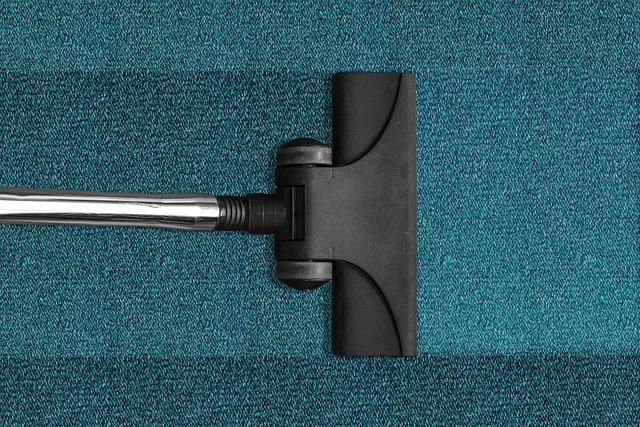It’s that time of year when windows are rarely (if ever) cracked open to let in brisk winter air. That’s great for keeping the indoor temperature regulated, but keeping a stuffy office might actually cause more harm than good. Poor indoor air quality can cause adverse health effects – and employee complaints. There are some simple ways to combat the issue.

Symptoms
Depending on the rate of exposure, poor indoor air quality can lead to symptoms resembling a cold or flu:
- Headache
- Dizziness
- Fatigue
- Dry, Itchy Eyes
- Nose and Throat Irritation
In rare and serious cases, it can aggravate asthmatic symptoms or cause respiratory disease, heart problems, and other serious health effects.
The Problem
It can be challenging to associate indoor air quality with cold or flu-like symptoms.
If you have employees complaining of a runny or stuffy nose while they’re at work, it’s easy to assume they just have a common cold. That’s when it’s time to identify when symptoms flare. If they only feel sick when they come to work and all but disappear at home, you can assume it’s time to assess your indoor air quality situation.
Another issue with pinpointing IAQ as the root cause of allergy-like symptoms is that everyone reacts differently to allergens. You might have an employee or two that are highly sensitive to dust – miserable with red runny noses at work while others are all well and fine. Again, you might assume that the sick employees just have a cold or the flu and send them home without a second thought.
First Step
There are plenty of DIY solutions to improve air quality.
The first isn’t especially pleasant when it’s chilly outside, but it may help clear the air. Crack a few windows around the office, turn on some fans, and let some air circulate. How long it’ll take depends on the size of the space, but this is a good first step to improving your indoor air quality. Make sure to coordinate this with the folks in charge of the heating and cooling system, or you could trade in one set of problems for another!
Airing things out should help immediately, but if you’ve got deeper issues you’re going to want to take care of those as well.
More DIY Solutions

Regular Housecleaning
Should be a given, but having an office cleaned up once a week will reduce dust mites, pet dander, and other airborne irritants brought in by your fellow humans. Dusting and vacuuming should be part of the regular routine. Keep chemical-heavy cleaning products to a minimum. Emissions from some cleaning products, especially in a closed environment, have a whole set of their own problems.
HVAC Inspections
This might not be entirely DIY, but making sure your HVAC system is in working order and also nice and clean can do wonders for indoor air quality. If a bunch of dust and who-knows-what-else is hanging out in your air ducts, it all gets trapped in the vents or released into the air. One’s bad for efficiency, the other bad for indoor air quality. A good cleaning maintenance program solve your issues there.
You could also consider investing in a more efficient filter for your HVAC system.
Humidity Control (to control mold growth)
Three of the most common complaints about a work environment are insufficient lighting, uncomfortable temperature, and dry/humidness. If high humidity is an issue, it’s possible you have some mold problems lurking somewhere. Mold can definitely cause allergic reactions in some individuals.
There are a slew of things you need to do to remediate serious mold issues, but controlling humidity is a good first step. Running a dehumidifier can help with that.
On the flipside, if your air is too dry, a humidifier can help… and the days of shocking yourself on the copier can be a thing of the past.

House Plants
Adding a house plant or two to a space has been said to help purify your air by filtering out volatile organic compounds (VOCs). While not complete solution to any IAQ problem, having a houseplant around can’t hurt… that is unless you don’t maintain the plants and soil. Then it can be its own IAQ problem. There are tons of low-maintenance options out there, including bamboo palms, aloe vera, and spider plants.
When to call the experts
If you do a good job of cleaning, airing out, and performing other due diligence, you should be in pretty good shape – and so should your air. If employees are still commenting on strange odors or allergy, flu, or cold-like symptoms that only present themselves in the workplace, it might be time to call in an industrial hygienist.
They will have the tools to efficiently and accurately identify what pollutants are floating around in the air and provide recommendations on how to reduce or eliminate them.
Additionally, if you are aware of asbestos-containing building materials that may be disturbed during renovations, you should consider calling in an industrial hygienist to monitor the activities. If you’re unsure but suspect ACBM (asbestos-containing building materials), they will come collect samples and let you know what you’re dealing with.

